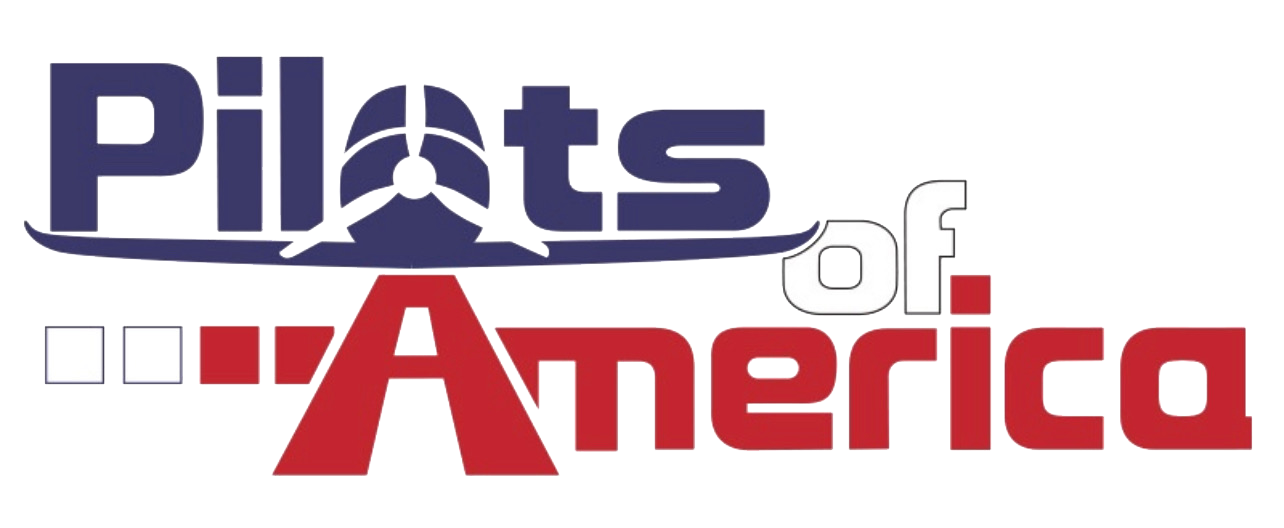flyingcheesehead
Taxi to Parking
A fly month???This guy was a seniority list instructor. He could bid for whatever he could hold during a fly month.
Do they alternate months, or is it 2 months of sim instruction and a month of flying?
I'm sure the crew scheduling computer is programmed with currency limits that don't allow them to bust FARs at the minimum. I'm not suggesting they'd pull him off an already-scheduled trip, just that they wouldn't schedule trips without reasonably proficient crew* in the first place.Crew scheduling can’t just arbitrarily say, “well this guy is current but hasn’t flown the line in a couple of months so we’re going to pull him off the trip.”
* Reasonably proficient at the minimum means legally current, but may well be redefined by the SMS process after something like this.
Quite possibly.Maybe this accident will lead to instructors flying the line more

